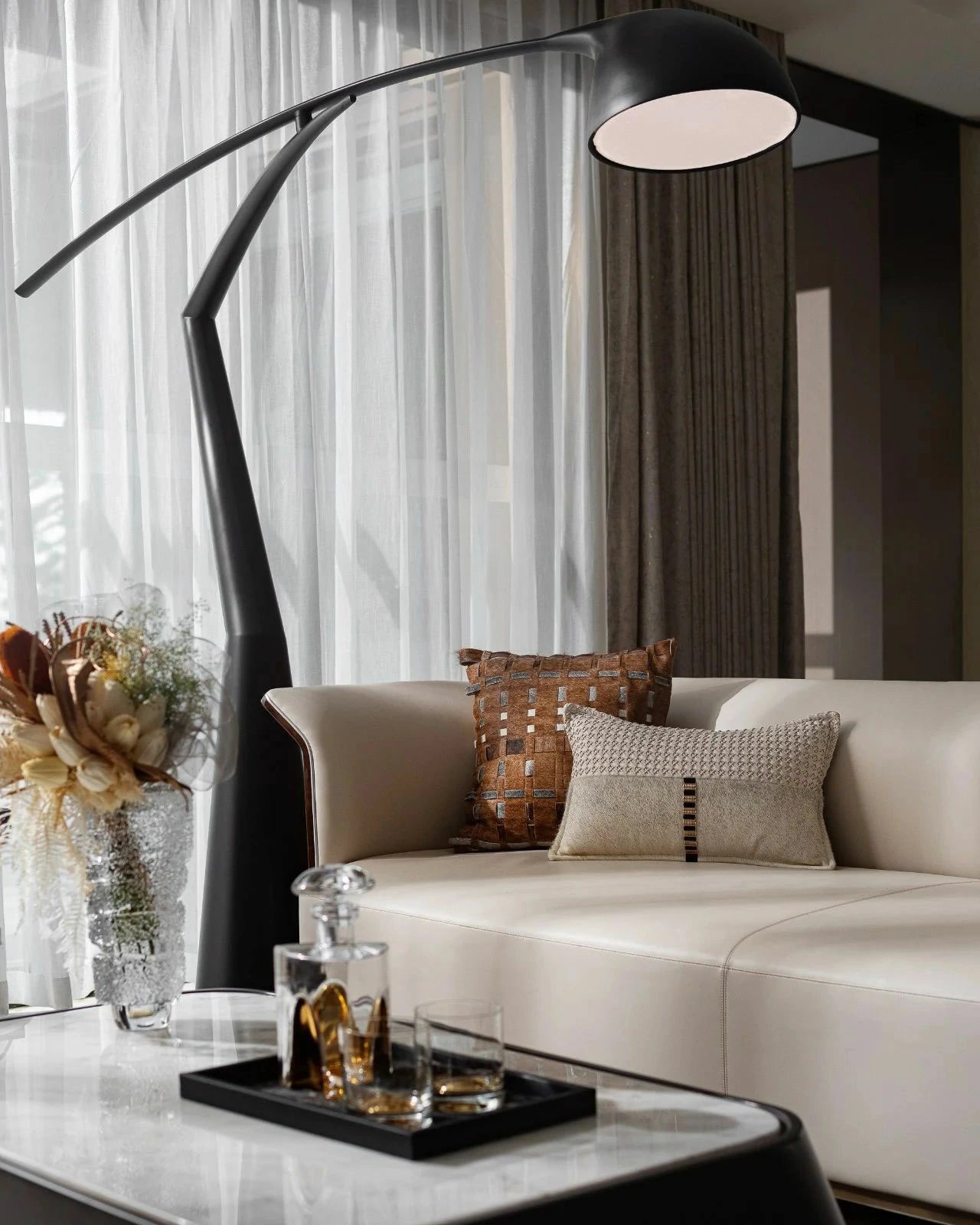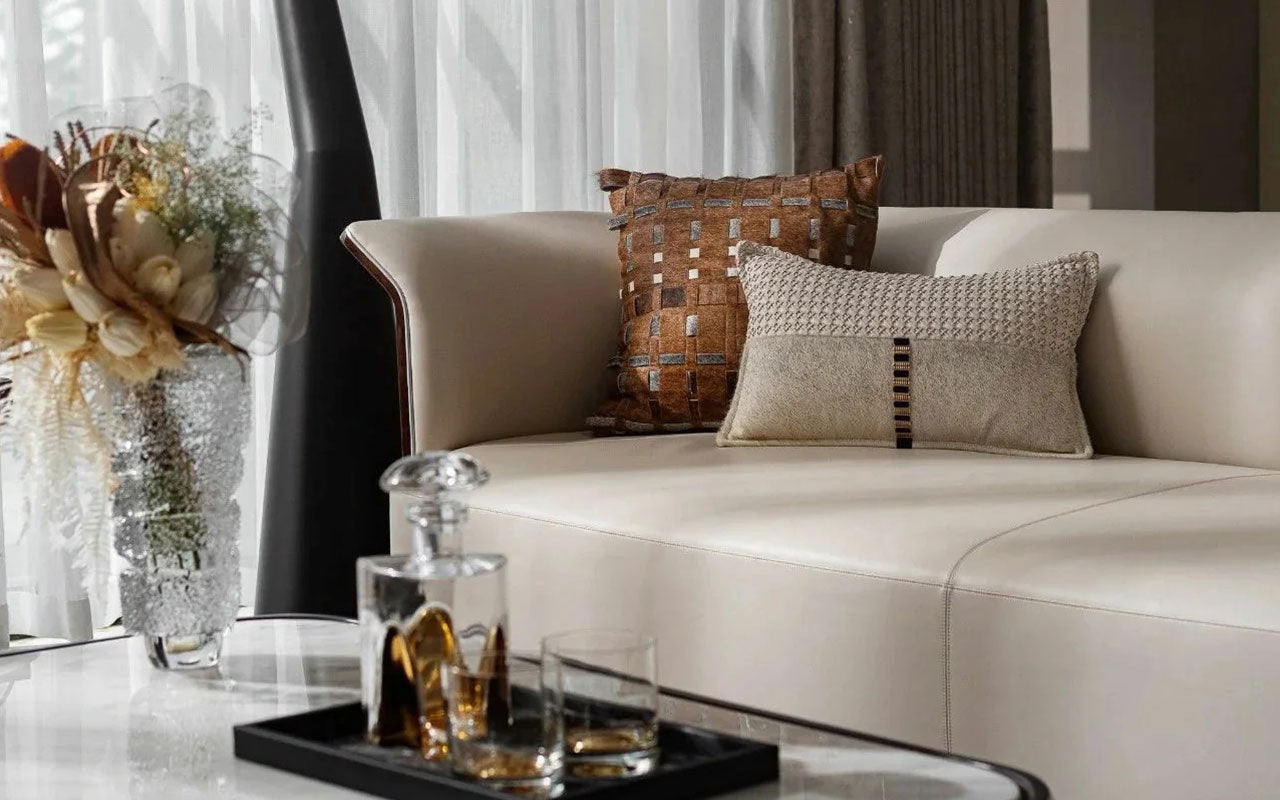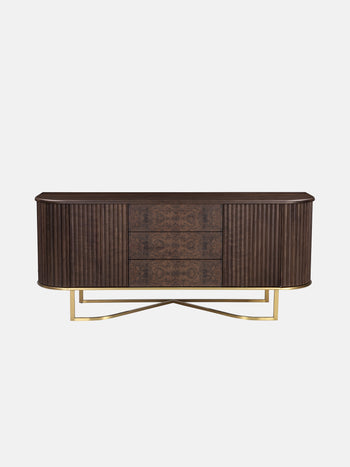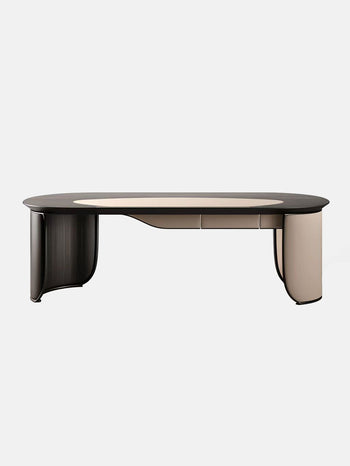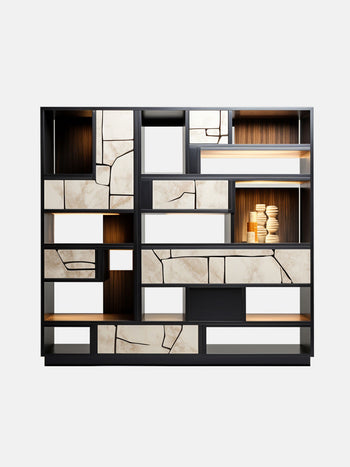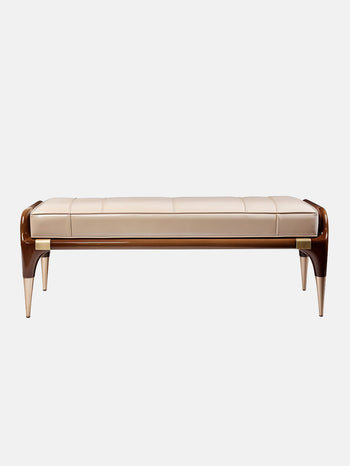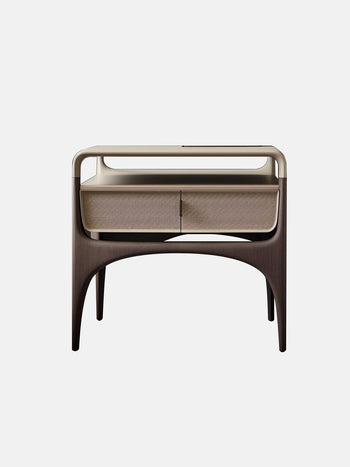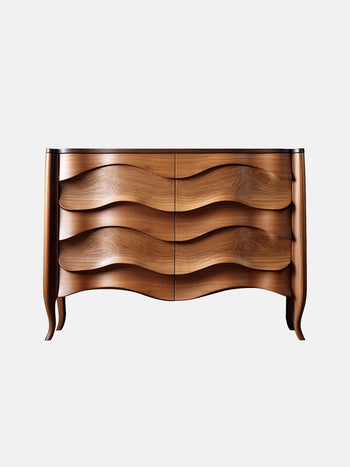Between Softness and Order: The Role of the Paper Sofa in Spatial Storytelling

Introduction
In modern homes, furniture is no longer just about function—it plays a vital role in shaping mood and atmosphere.

In this residence, the Paper sofa acts as the spatial anchor, using minimalist form and elongated proportions to gently reshape the rhythm of daily life.

Its design embodies a soft yet steady aesthetic—perfectly aligned with the villa’s ethos of everyday vacation living. The Paper sofa becomes a quiet and trustworthy presence in the flow of life.

Living Room: A Spatial Duet with the Paper Sofa
The 4.6-meter-high living room unfolds in an L-shaped layout—open and full of light. The Paper sofa here is more than just a piece of furniture; it establishes the core spatial order.

With its low backrest and high wrap-around design, it maintains open sightlines for conversation while offering a sense of enveloping comfort.

Upholstered in a matte velvet fabric, the sofa is soft to the touch and gentle to the eye. Its warm off-white tone blends seamlessly with the wooden walls and flooring, creating a calm and cohesive atmosphere.

The restrained color palette allows the sofa to command the center of the room with quiet confidence—calm, composed, and effortlessly present.

Dining Area: Continuity in Material and Scale
Moving through the sofa area to the open-plan kitchen and dining space on the second level, the material language established by the Paper sofa continues.

Wood, stone, and textiles come together to create a rich, tactile environment. Large panes of glass bring in natural light, while a dark stone dining table paired with warm gray leather chairs offers a subtle contrast.

Though the Paper sofa is not physically present in this area, its design spirit remains: minimalism, intentionality, and materials that speak for themselves.

Reception Room: Extending the Sofa’s Emotional Field
Hidden behind foldable wood-paneled screens, the tea room extends the reception space. Here, the design language of the Paper sofa takes on a gentler, more intimate form.

Low-seated chairs with curved silhouettes are arranged lightly around a small tea table, like branches unfolding naturally—creating a poetic corner for a quiet sit and a pot of tea.

In this room, the seating shifts from social centerpiece to emotional retreat, offering a built-in pause in the flow of space.

Bedroom: A Private Continuation of the Paper Aesthetic
In the bedroom, the Paper sofa appears once again, this time as a subtle bench at the foot of the bed.

With slightly scaled-down proportions compared to its living room counterpart, it aligns perfectly with the needs of a quieter, softer space.

The bed echoes the same design language, with an upholstered headboard and warm wooden paneling. Lighting and textiles layer together to create a deeply comforting ambiance. The Paper sofa acts like a final chord—understated but always present.

Conclusion: A Sofa’s Language, A Home’s Rhythm
With its precise proportions, clean lines, and muted tones, the Paper sofa brings more than functionality to the home—it sets the visual and emotional tone for the entire space.

Like a quiet melody, it flows seamlessly through each room, grounding every moment with intention.

In a home that celebrates fluidity and co-living, the Paper sofa becomes more than furniture—it’s a metaphor for a way of living: maintaining order through softness, achieving texture through calm.

It reflects the true essence of home—found in every moment of sitting down, leaning in, and taking a quiet breath.
Design Team | WJ Studio
If there's infringement, please contact for removal.
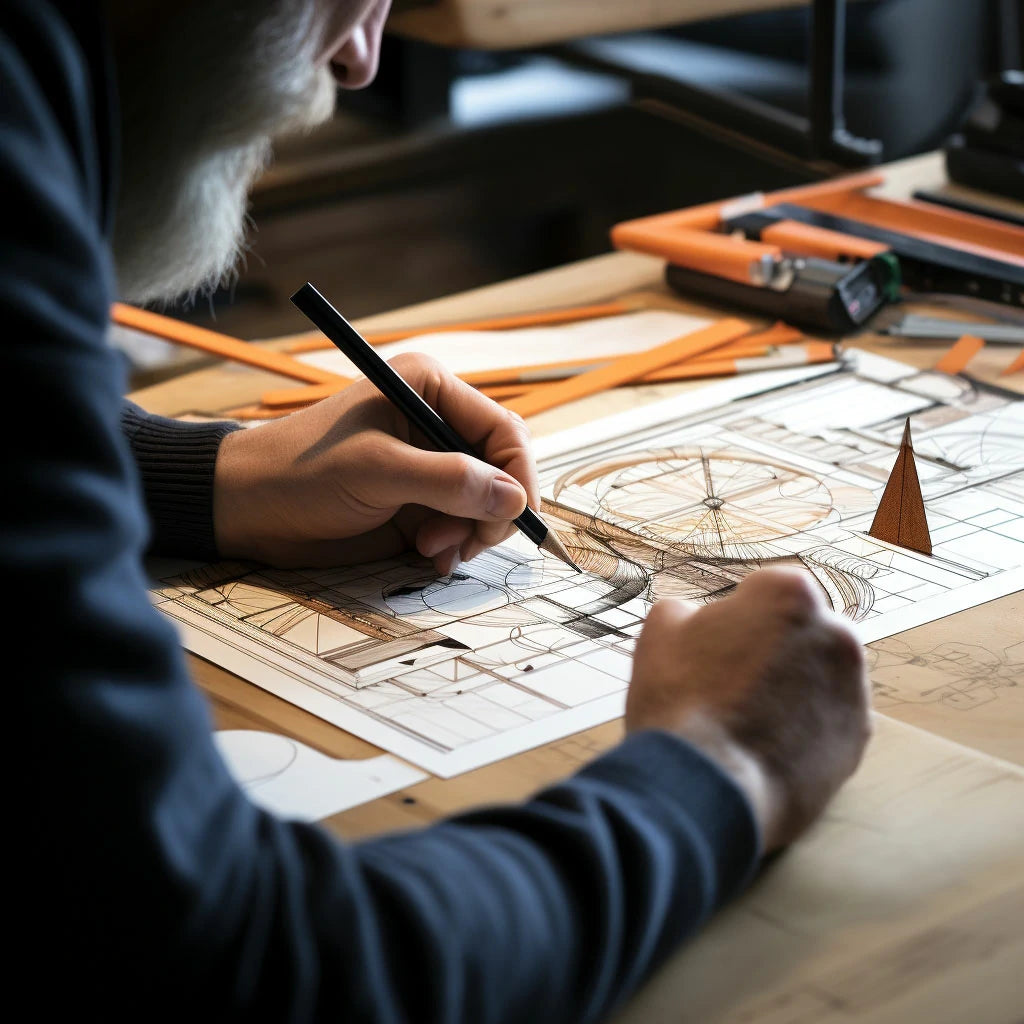 New Creative
New Creative
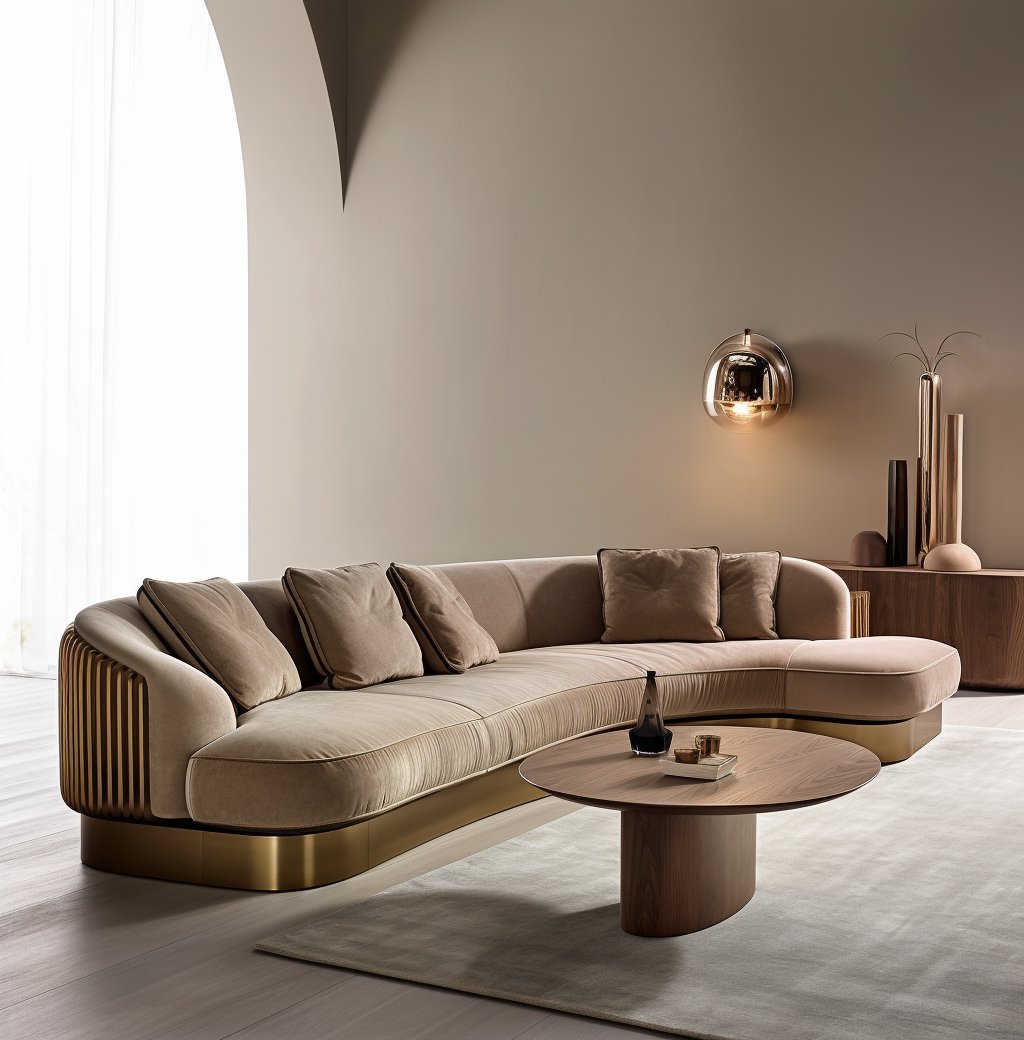 Best Sellers
Best Sellers
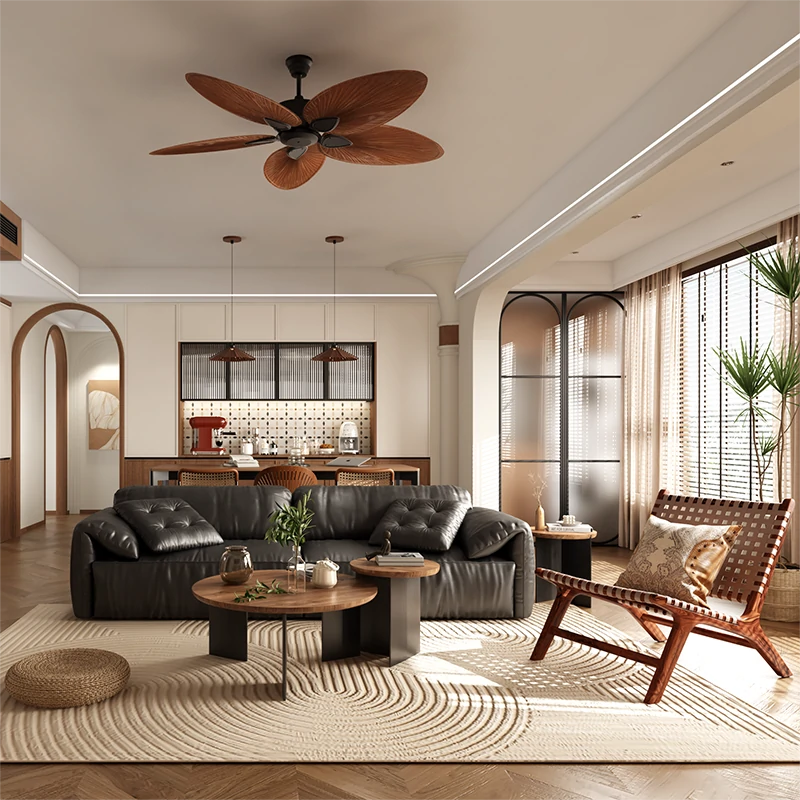 Shop The Look
Shop The Look
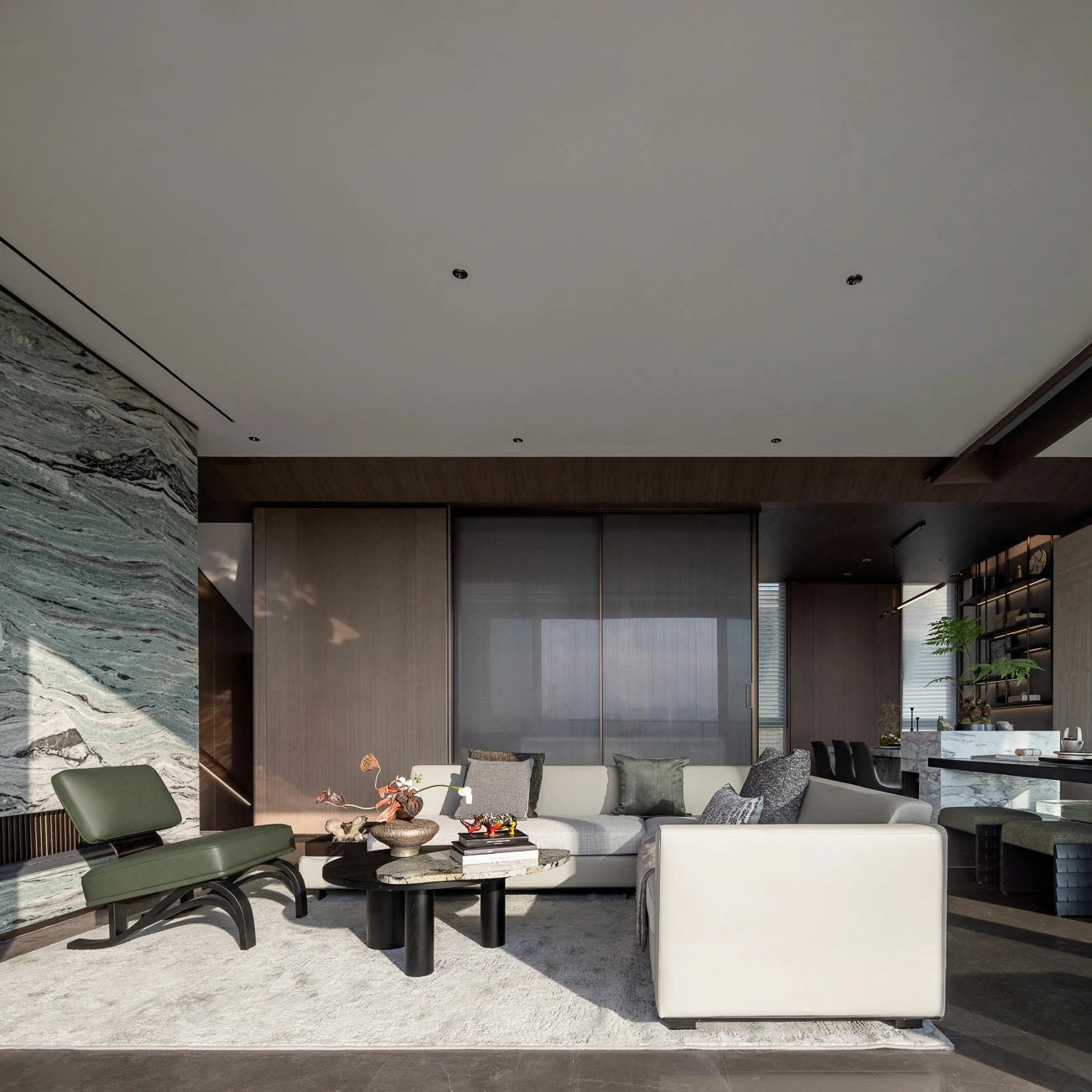 New Room
New Room
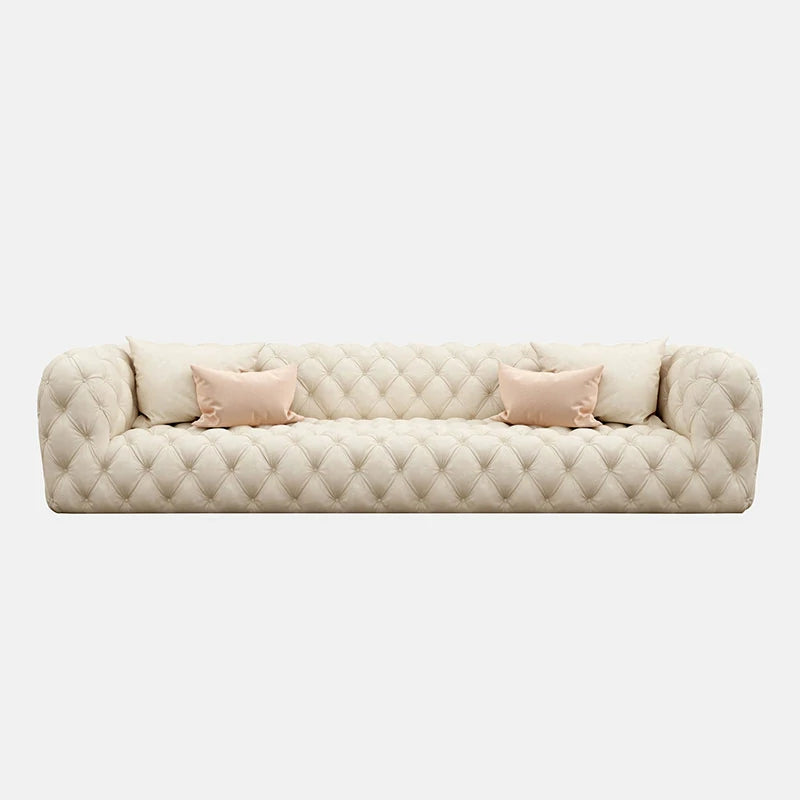 Sofas & Seating Systems
Sofas & Seating Systems
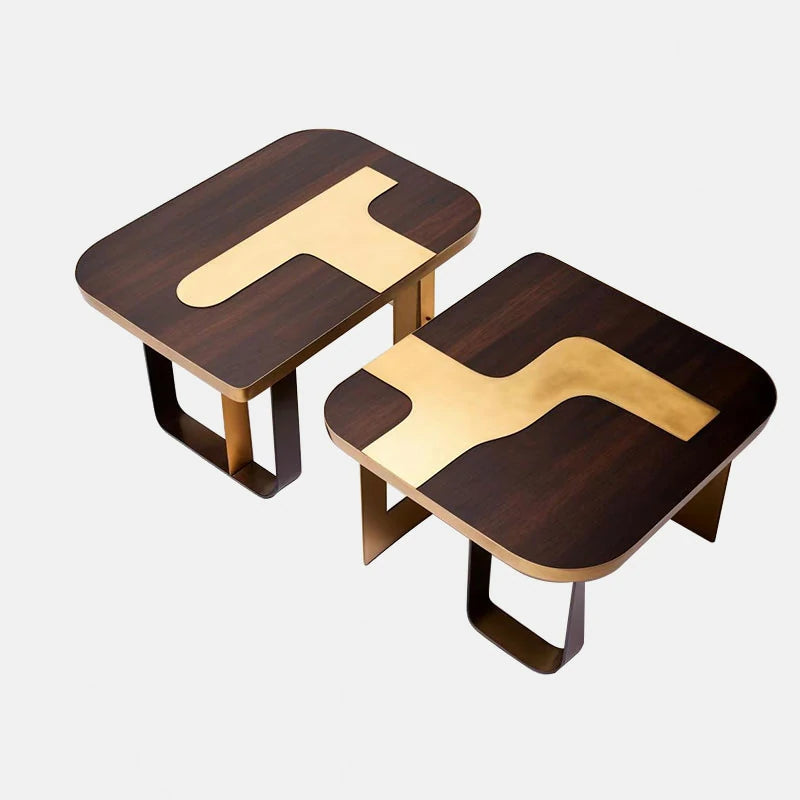 Coffeetables & Sidetables
Coffeetables & Sidetables
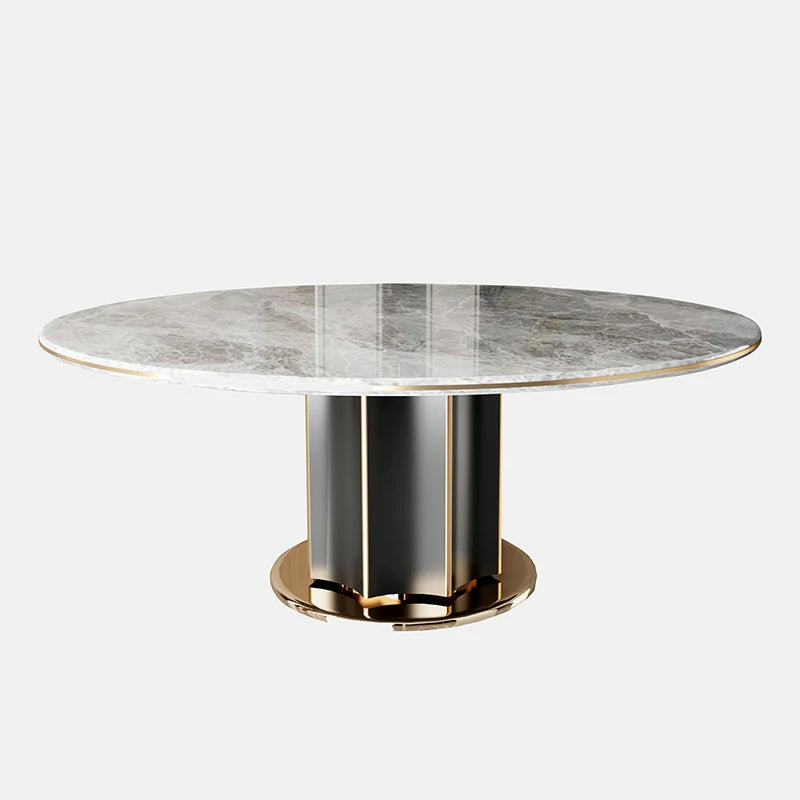 Tables
Tables
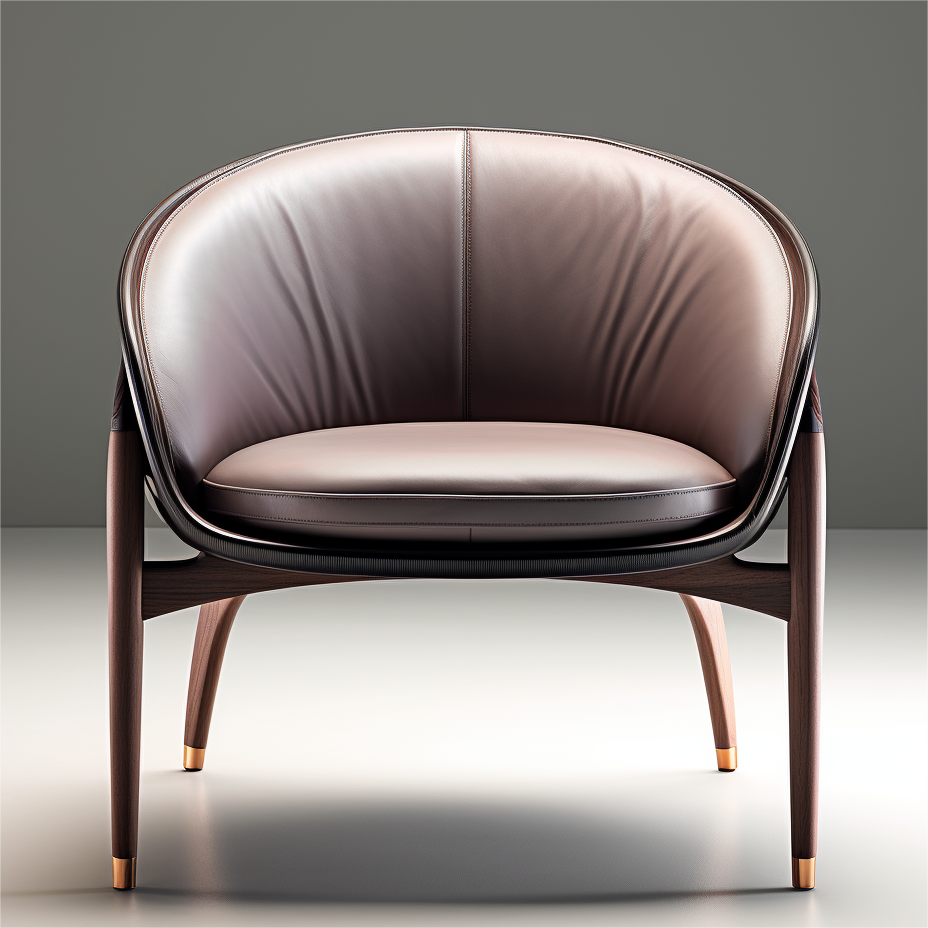 Chairs
Chairs
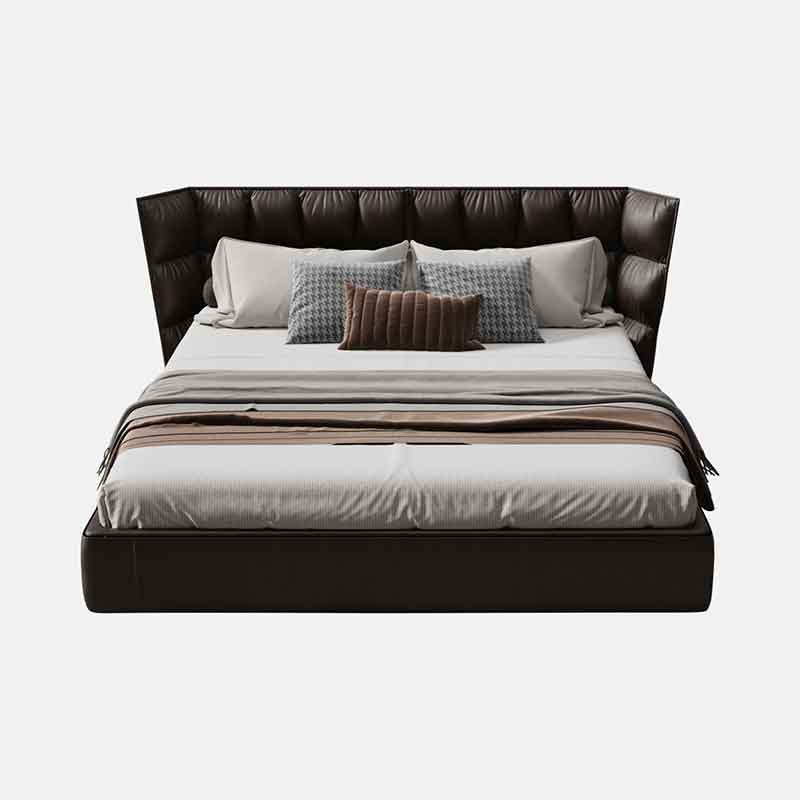 Beds
Beds
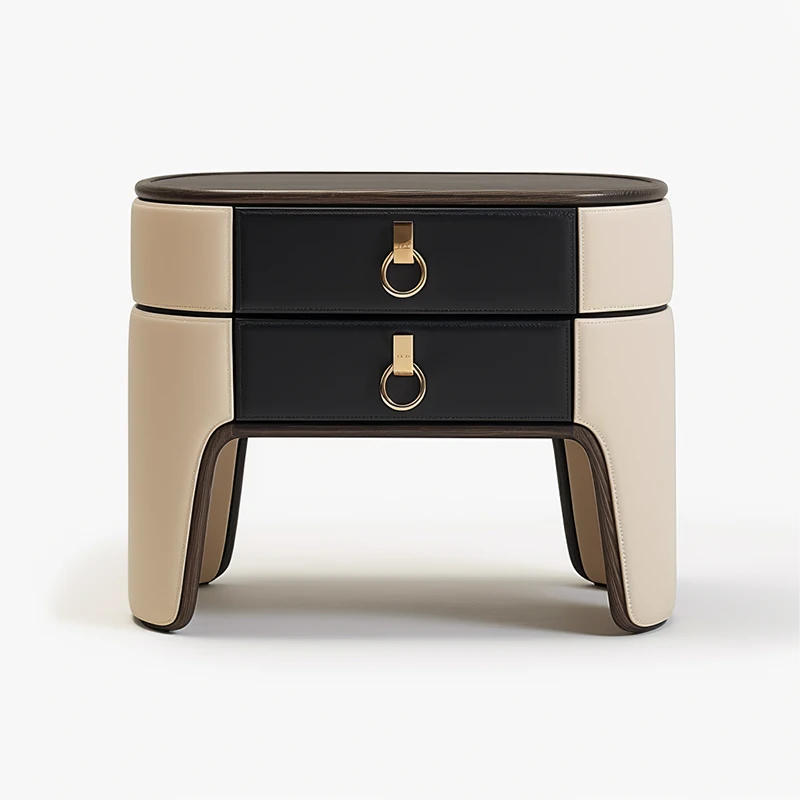 Nightstands & Vanities
Nightstands & Vanities
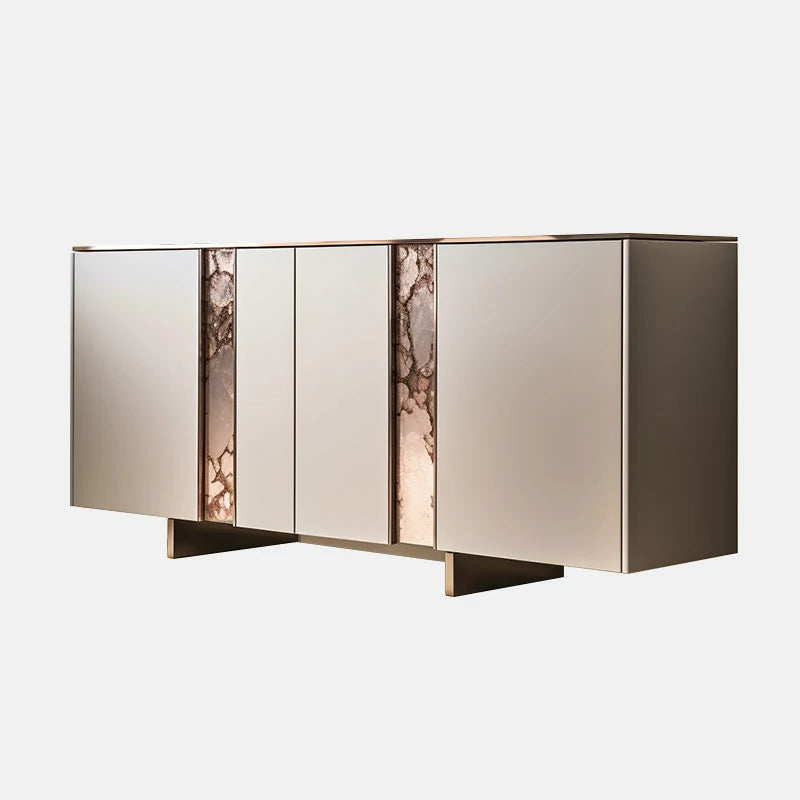 Sideboards & Bookcases
Sideboards & Bookcases
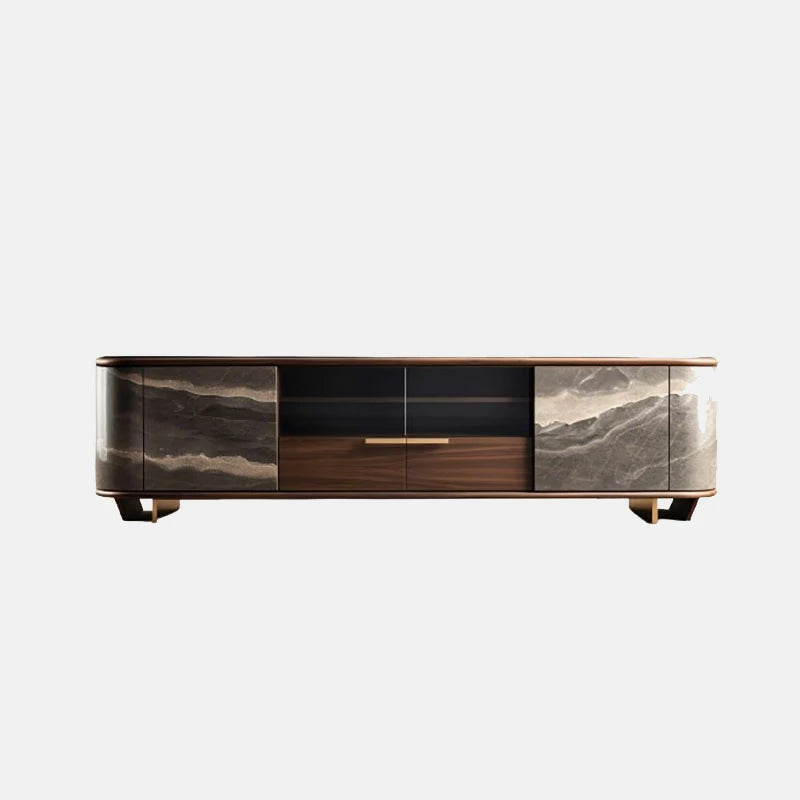 Console
Console
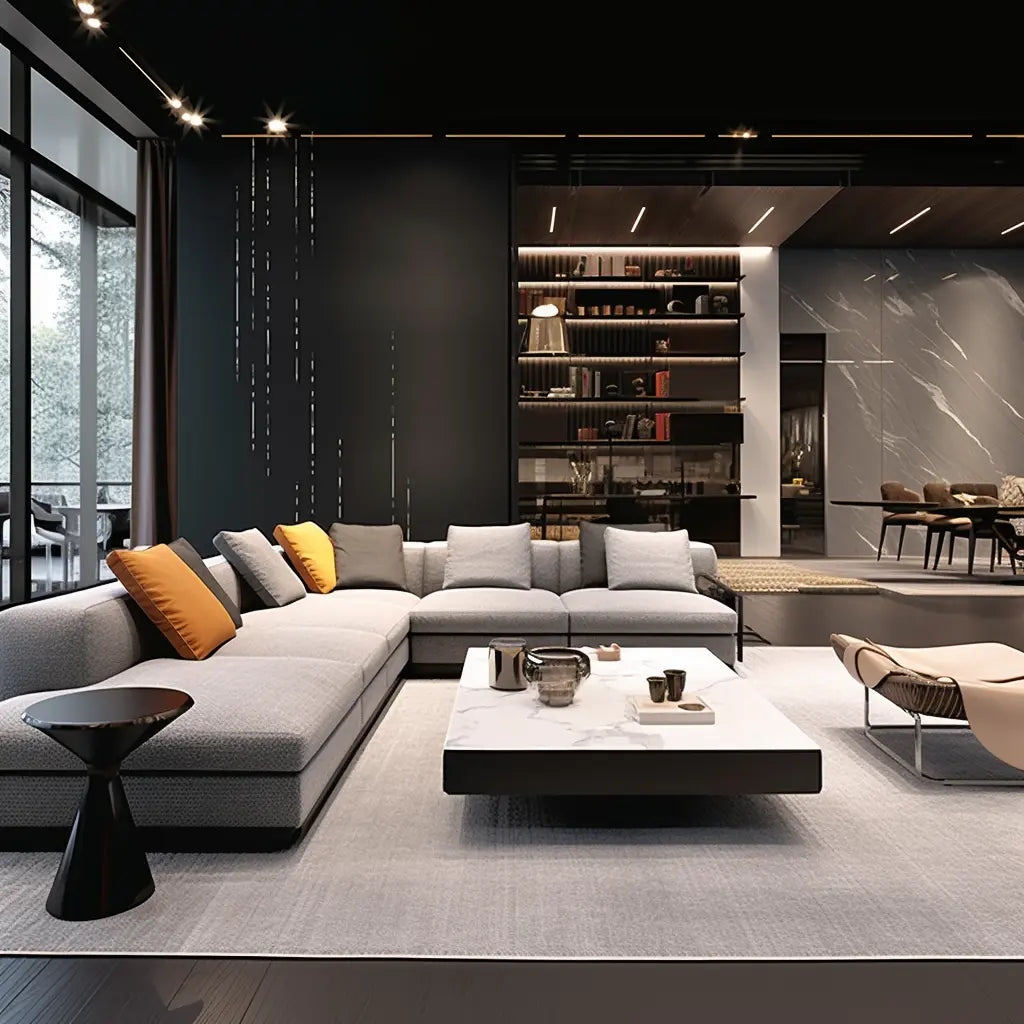 Livingroom
Livingroom
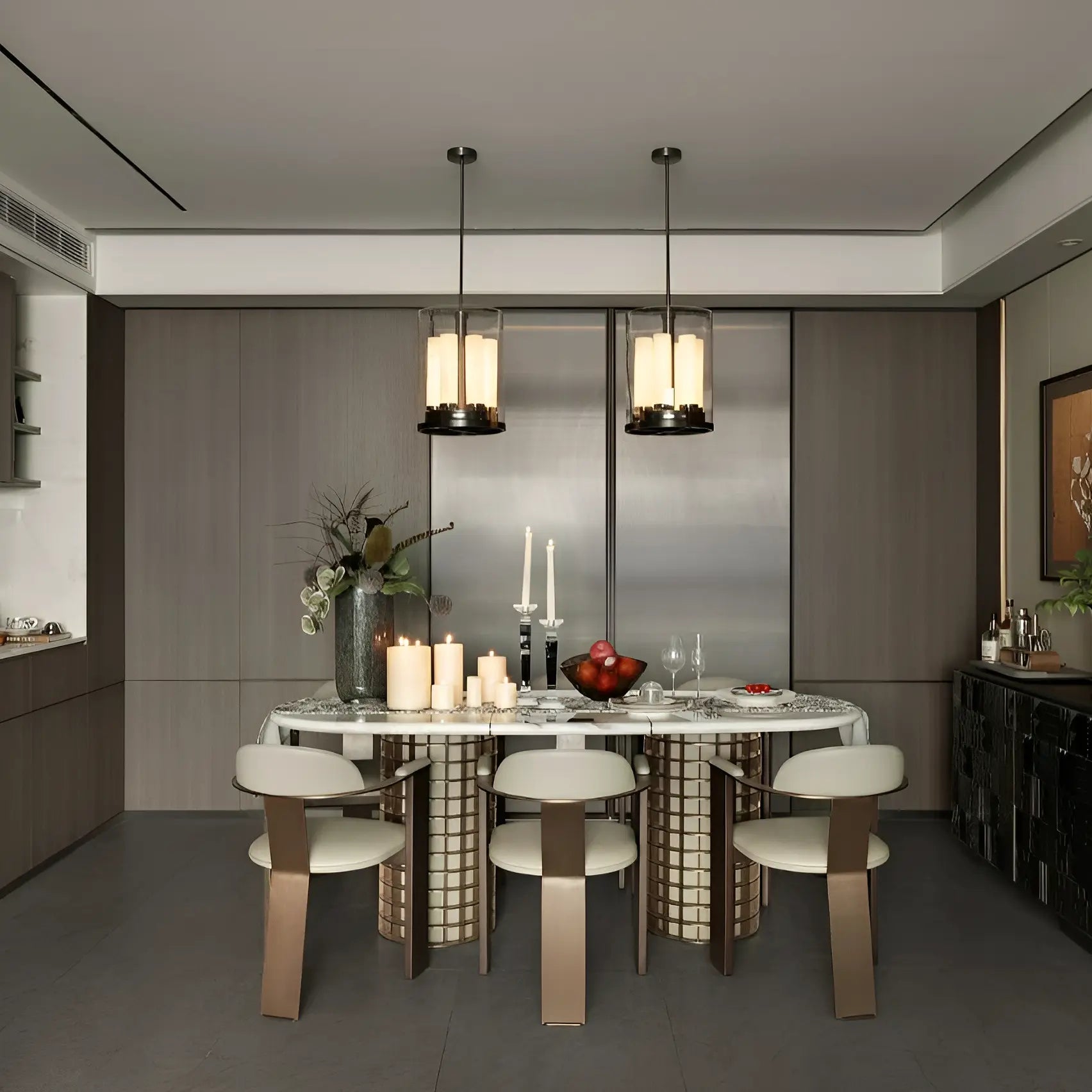 Diningroom
Diningroom
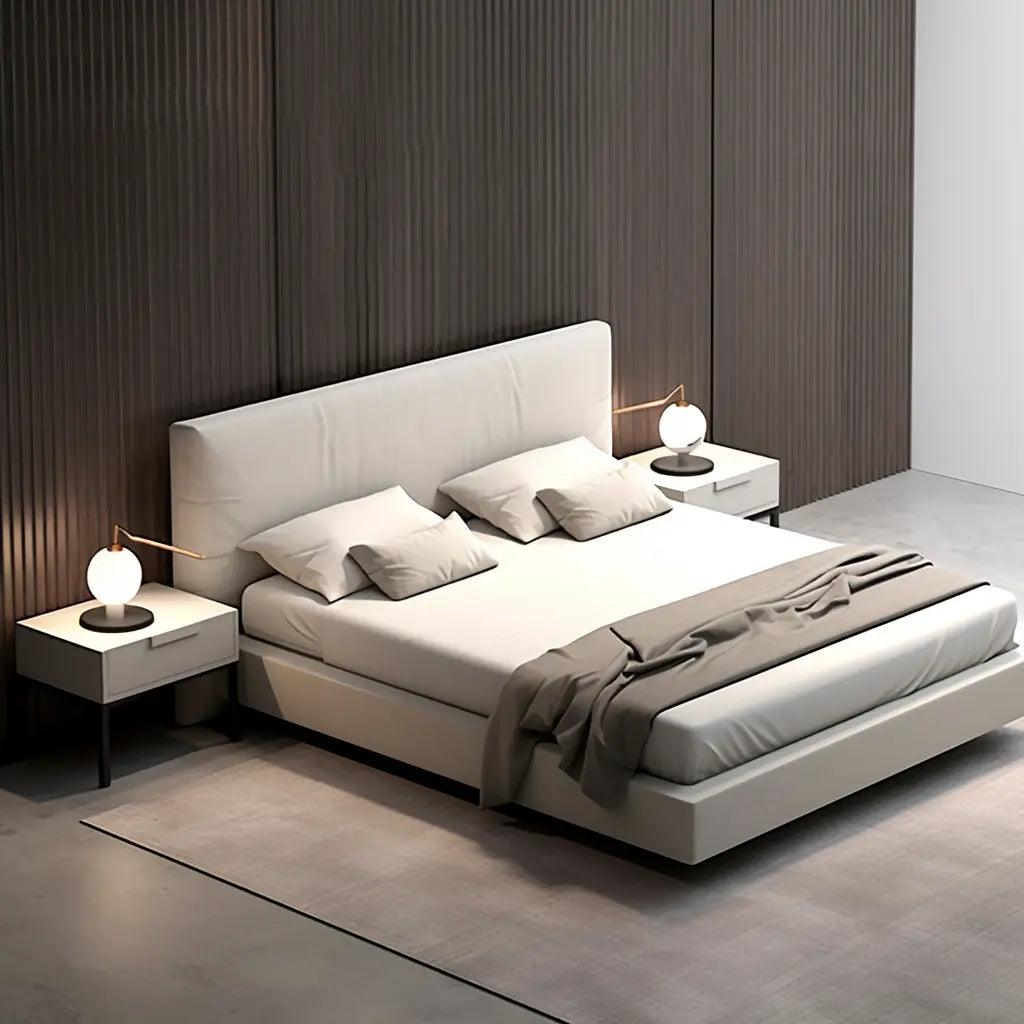 Bedroom
Bedroom
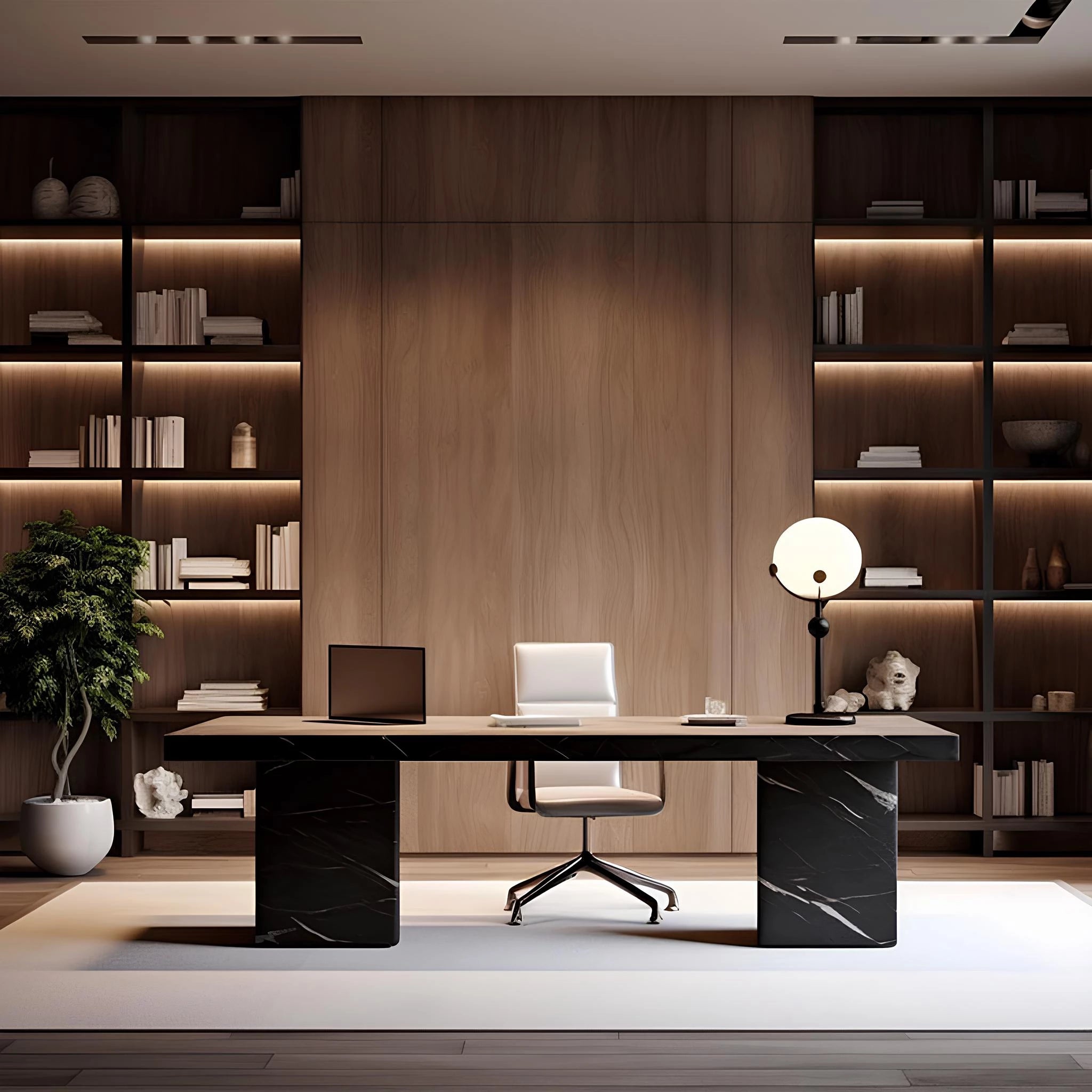 Officeroom
Officeroom
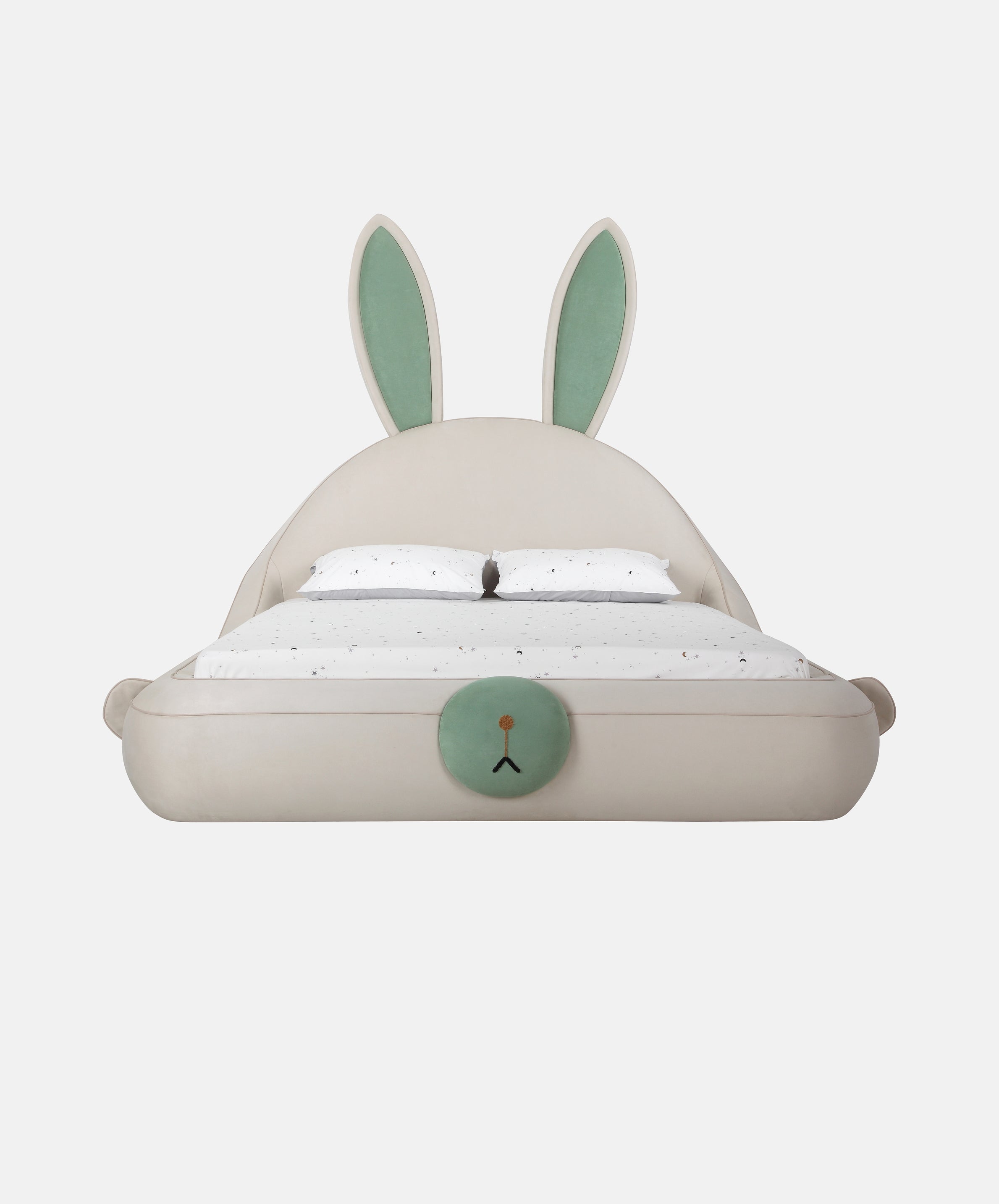 Cartoon & Children
Cartoon & Children
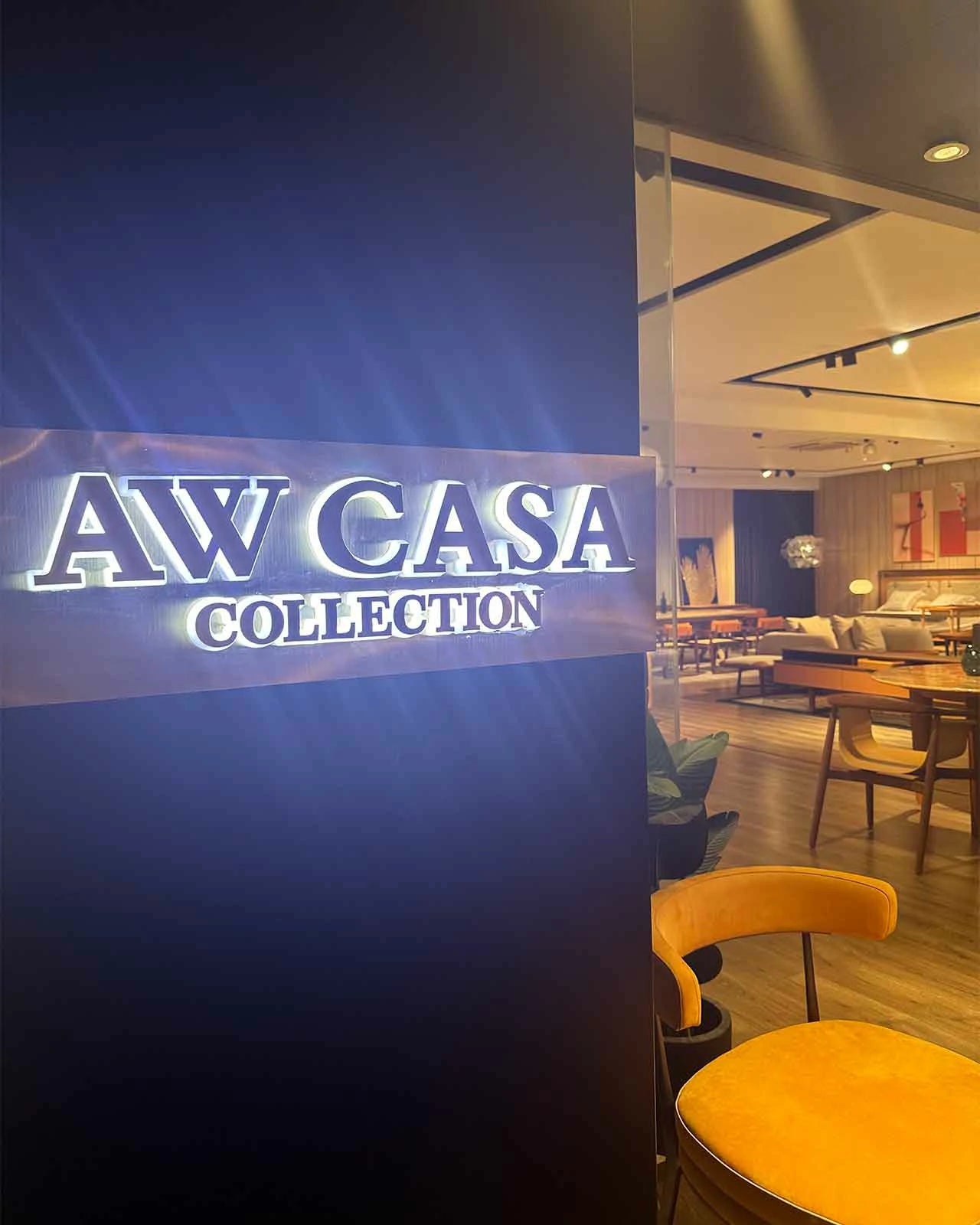

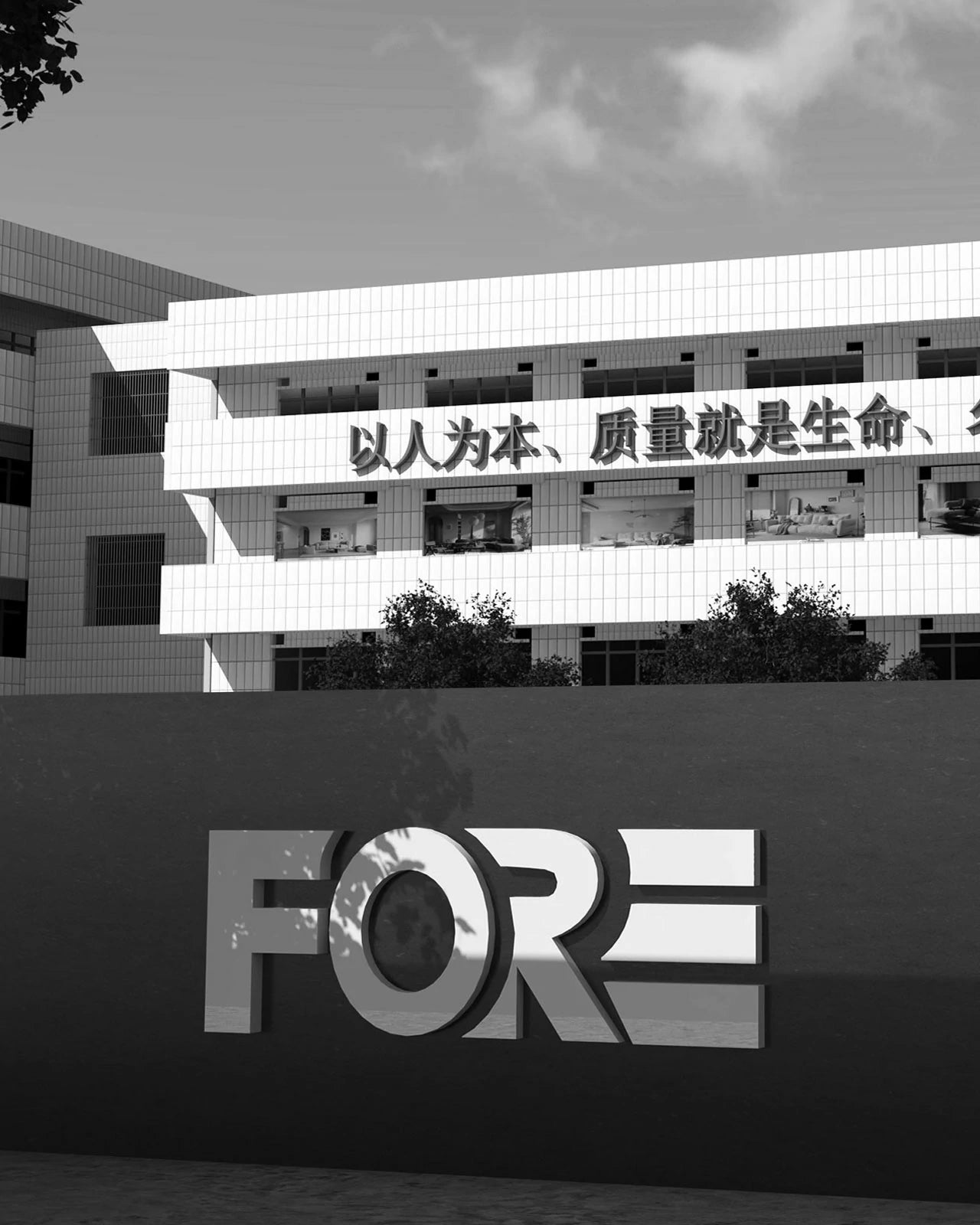

 About Us
About Us
 Sustainability
Sustainability
 The Philosophy of Life Around the Dining Table: Finding Peace Between Nature and Modernity
The Philosophy of Life Around the Dining Table: Finding Peace Between Nature and Modernity
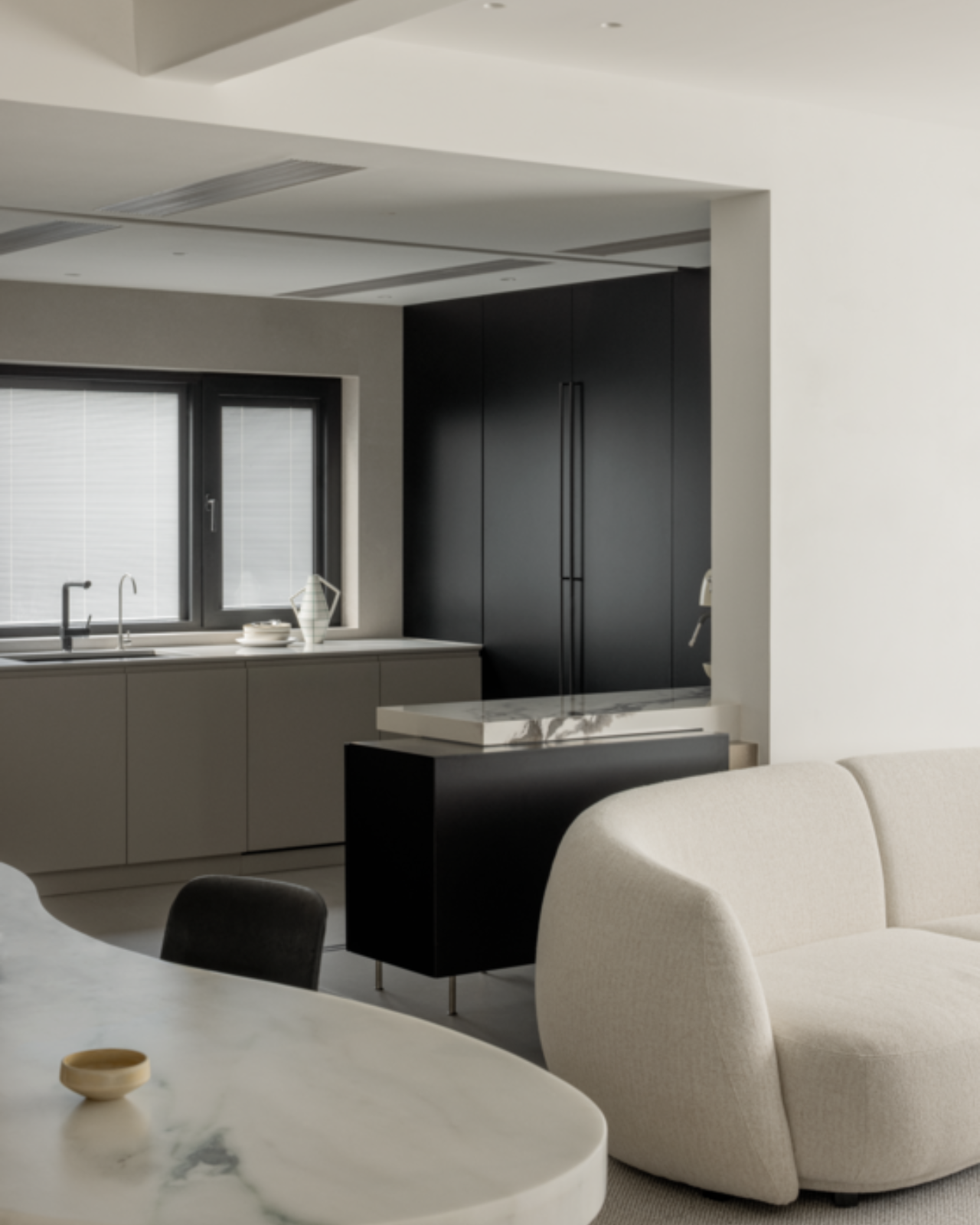 The Fusion of Comfort and Art: The Story of the Sofa at Home
The Fusion of Comfort and Art: The Story of the Sofa at Home
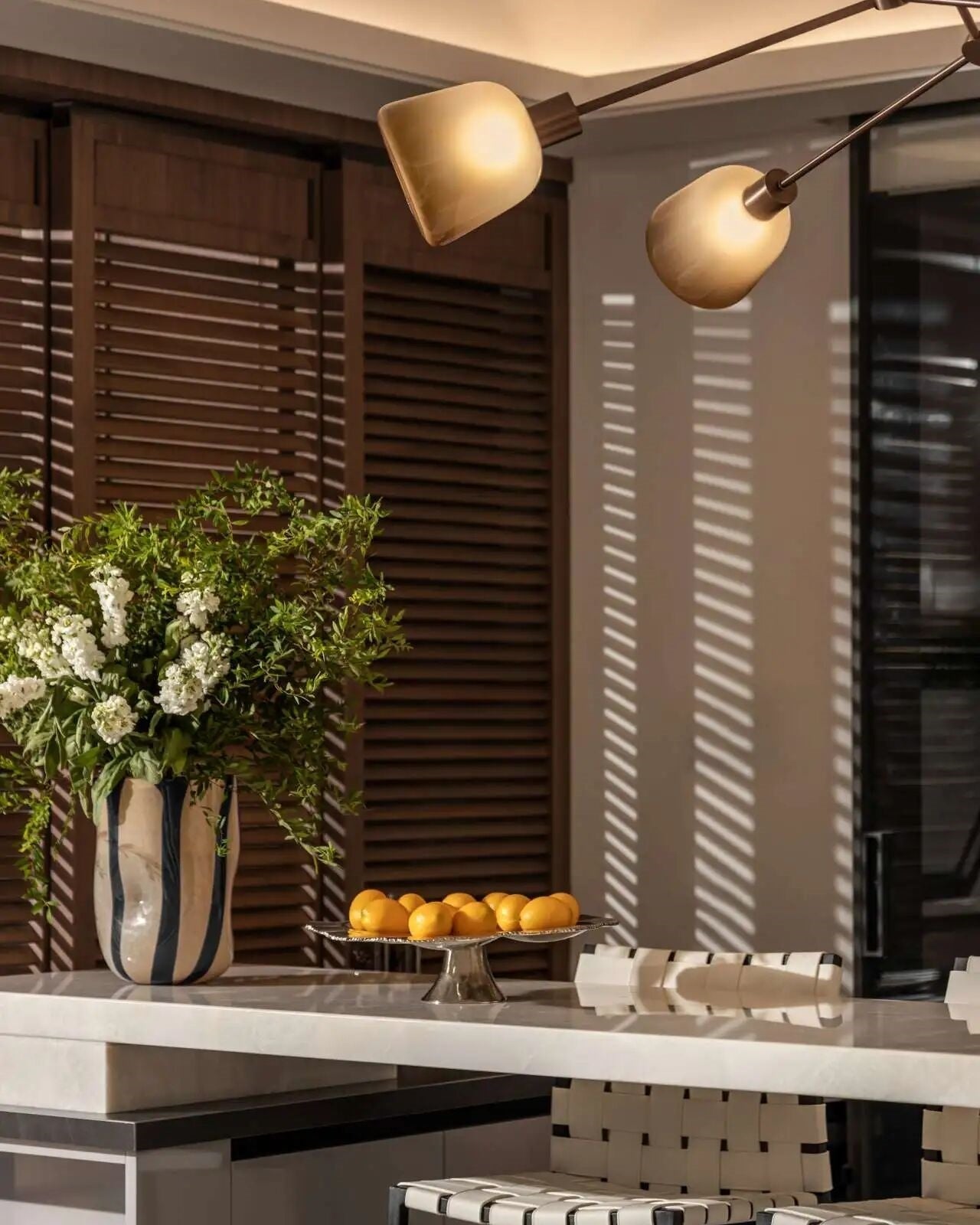 The Art of Living at the Dining Table: A Symphony of Color and Material
The Art of Living at the Dining Table: A Symphony of Color and Material


